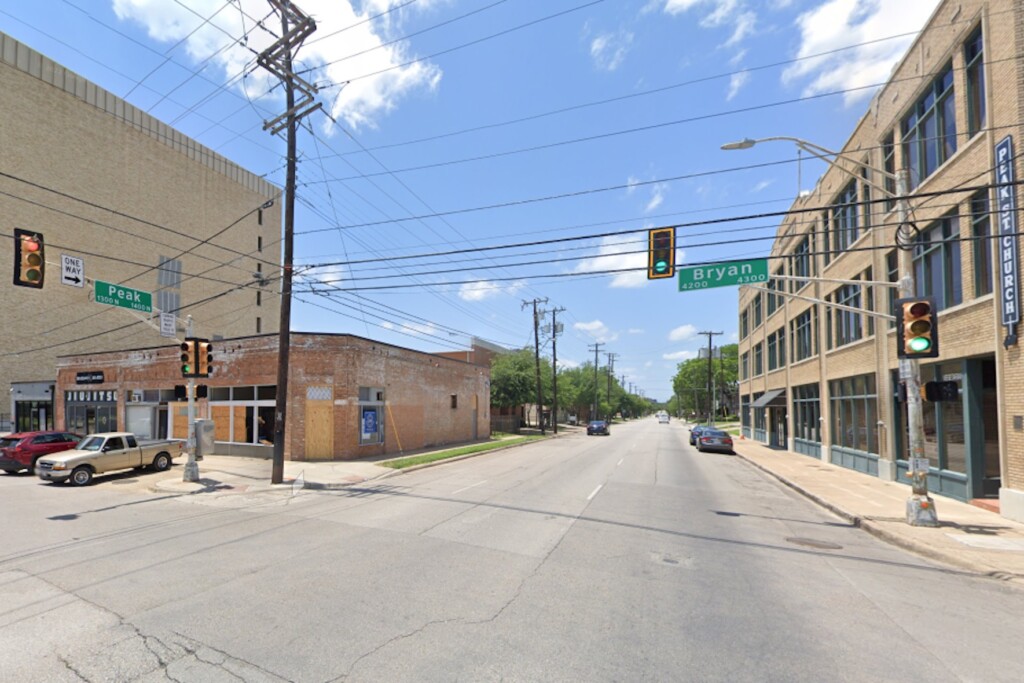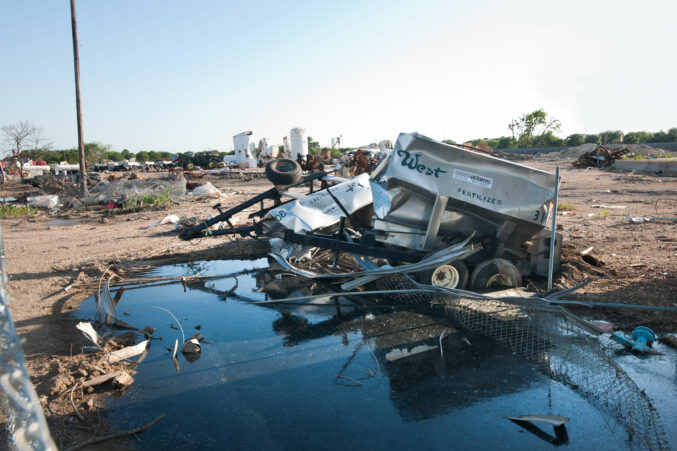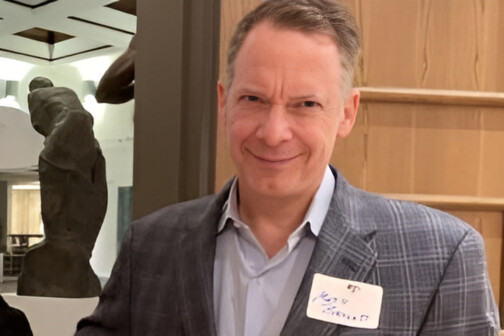In the early 1970s, Dallas was one of about six cities in the country that established field offices for the federal Bureau of Indian Affairs. Native Americans often relocated to these cities in search of jobs. Bob Beames, the former director of the bureau, told the Dallas Morning News in 1973: “Except for eastern Oklahoma, few places offer Indians work where they live. Job opportunities are simply better off the reservation than on it—in the cities rather than in the country.”
News editorial writer Jim Hawkins reported that most of the Native Americans who came to Dallas voluntarily were in their early 20s, “already married as often as not.” There is only one reference in his editorial to what was called “The Corner,” a “favorite rendezvous” for these newcomers located at Peak and Bryan streets. In part, because they were dropped off in parts of town that didn’t have easy access to jobs, transit, or housing without much support. The Corner was where they gathered.
That’s where writer Doug Holley spent some time in 1975 for “The Cement Prairie,” our second of the 50 greatest stories we’ve ever published. We’re highlighting one per week throughout our 50th anniversary this year.
The center of Holley’s story is Tom & Jerry’s Lounge, maybe three blocks north of Peak, at 4536 Bryan St. This section of Bryan is now part of the Uplift Peak Preparatory charter school complex, and where T&J’s once stood, you’ll now find a parking lot. Peak and Bryan is home to longtime restaurants Vietnam and Bangkok City, which opened in the 1990s, as well as new apartments. Its history as a gathering place for Native Americans has vanished.
In the 1970s, “The Corner” was adjacent to a block filled with bars, a few of which were once highlighted by this magazine in another feature from 1975 titled “The Meanest Bars in Dallas.” Two years after Holley’s story, the News reported that a man wounded a few patrons with a .25-caliber automatic gun inside Tom & Jerry’s on a Tuesday night. The fight had apparently spilled over from Pinky’s Lounge, one block away.
Holley himself narrowly avoids violence at one point of the story. But that isn’t his focus. Offensive language aside—and the similarly offensive framing and stereotyping, for sure—the story is largely told through the Native Americans who decided to make a life in what an employee at the American Indian Center described as “the cold-blooded city.” The story illustrates how difficult it was to find work, housing, and other basic necessities, despite the promise of such coming from officials like Beams.
In fact, the News editorial that quotes the former director of the Bureau of Indian Affairs is a cold view from above, all numbers—there were 6,000 Native Americans in Dallas in 1973, according to the Census at that time—and admonishments. Holley’s story is an intimate look at what it took to make a home in a strange place. It also introduces readers to the services that gradually sprouted up around the city, including the Urban Inter-Tribal Center of Texas, now known as Texas Native Health. In 2022, the organization announced plans to triple its space near the Medical Center to 15 exam rooms.
“The Cement Prairie” captures Old East Dallas at a very different time, and it’s one of the 50 greatest stories we’ve published.
Author







